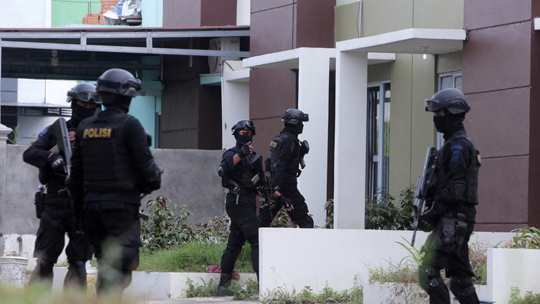Islamabad, Jan 3: The United Arab Emirates has extended USD 200 million aid to Pakistan for the development of the small and medium-sized enterprises in the country, Finance Adviser to Prime Minister Imran Khan said.
The announcement came after Abu Dhabi Crown Prince Sheikh Mohamed Bin Zayed Al Nahyan concluded his one-day visit to the country on Thursday.
"The money will be spent on small business promotion and jobs. This support is testimony to the expanding economic relations and friendship between our countries," the adviser, Abdul Hafeez Shaikh, on Thursday said.
The Crown Prince directed the Khalifa Fund for Enterprise Development to allocate USD 200 million in order to assist the Pakistani government's efforts to create a stable and balanced national economy that will help achieve the country's sustainable development, Dawn News reported on Friday.
During the visit, the prince met Prime Minister Khan and held talks on bilateral, regional and international issues.
The UAE is Pakistan's largest trading partner in the Middle East and a major source of investments. The UAE is also among Pakistan's prime development partners in education, health and energy sectors.
It hosts more than 1.6 million expatriate Pakistani community, which contributes remittances of around USD 4.5 billion annually to the GDP.
This is the Crown Prince's second visit to Pakistan since Khan took office in August 2018. He had last visited Pakistan on January 6 last year, just weeks after his country offered USD 3 billion financial assistance to Pakistan to deal with its balance of payment crisis.
The Crown Prince's visit was considered by experts as an attempt to woo Pakistan against the backdrop of recent developments when Saudi Arabia and UAE apparently used pressure to stop Pakistan from attending the Kuala Lumpur summit held last month.
The summit from December 19-21 was seen by Saudis as an attempt to create a new bloc in the Muslim world that could become an alternative to the dysfunctional Organisation of Islamic Cooperation led by the Gulf Kingdom.






Comments
Add new comment